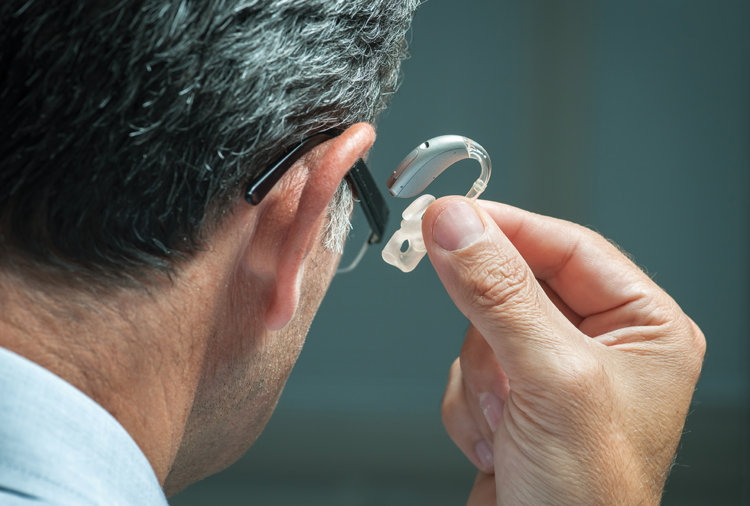
How do hearing aids work?
Even with detected and confirmed hearing loss, most people can still be hopeful. There are many solutions to rediscovering the joy of hearing including the most popular: hearing aids. But how do they actually work? Although there are several models and types of technology available, not many people know much about them. Yet knowing the basics about these devices can help you get a clearer picture of what they are, and eventually, better hearing.
The ABCs of hearing aids
Despite the various types of technology and models (behind the ear, in the canal, etc.), every device has the same four elements:
1. Microphone
2. A speaker
3. A battery
4. An amplification system (the computer)
An audioprosthetist carefully programs the computer to correct an individual’s specific hearing loss as precisely as possible. That’s why working with a conscientious professional makes all the difference. The audioprosthetist sets the device to amplify and/or transform the troublesome frequencies.
The five steps of sound amplification: how does it work?
Step 1
The mini-microphone captures sound stimuli.
Step 2
The computer analyzes the sounds and sends them to the amplification fonction.
Step 3
Once amplified, the sounds are sent to the speaker.
Step 4
The coded signals, transformed into sounds, are sent to the ear.
Step 5
The ciliated cells (tiny hairs lining the inner ear) transform the vibrations emitted by the sounds into nerve impulses. The brain captures all this information and the sounds are noticed.
Different devices, same behaviour
Behind-the-ear and in-the-canal hearing aids work the same way. Behind-the-ear aids are often suggested for children because they tend to stay in place better. They are also recommended for seniors who may have a hard time handling very small objects. Practically invisible, in-the-canal hearing aids are perfect for people who want a more discreet device.
There are, however, other factors to consider when choosing a hearing aid including:
- The type of hearing loss
- The size of the ear canal, for fit, and
- The individual’s personal communication needs and lifestyle (activities).
You can always count on your hearing professionals to help you select the right device. But it’s also great to understand the basics on the subject so you know a bit about it already. It’s all for the good of your hearing health!
An evaluation by an audioprosthetist is required to determine if the hearing aid answers the needs of the patient.












Leave a comment
Be the First to Comment!